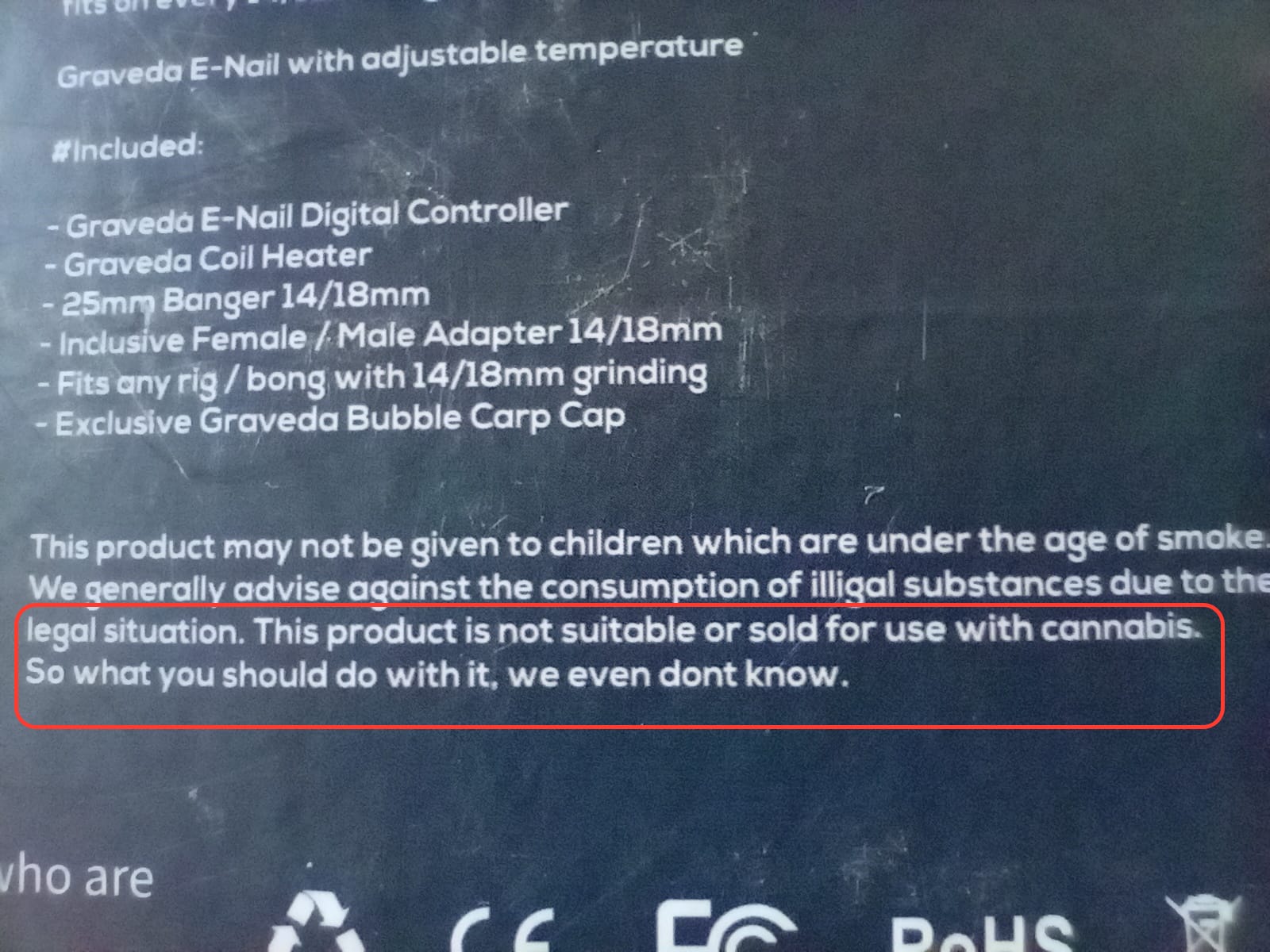After someone pointed out how low my DIY Balls Up runs at i thought the heater coil may have an issue .
Possibly usefull information for others.....
" "Soft start" the hot runner system. Many heater designs include a compacted magnesium oxide layer that promotes efficient operation but absorbs moisture when idle. When starting the system after an extended period of time, first soft start it at a lower temperature for 30 to 60 minutes for moisture to bake out. That will prevent heater shorts and promote heater life. "
From
https://www.plasticstoday.com/tips-help-you-succeed-hot-runners
" Is the temperature bouncing around faster than the steel temperature could realistically be changing? Sometimes the controller will show the temperature zone jump up and down and back up again a hundred degrees in just a couple of seconds. If the temperature movement appears to fast and sporadic to be real it’s usually caused by the TC receiving electrical noise. To correct this, you need to make sure everything is properly grounded.
The thermocouple connector should be grounded to the hot runner or the tool. Both the temperature controller and the injection molding machine must be properly grounded, as well. In some rare cases even if everything is properly grounded you may still see the issue when ungrounded style thermocouples (see previous post for explanation) are used with certain types of temperature controllers. If this is the case you will need to add a ground wire to the negative side of each thermocouple in the connector. To reduce wiring install a jumper connecting all the negative pins of the thermocouple connector and run a wire to ground from the last pin.
Is one zone stabilized well above setpoint? This could point to a pinched thermocouple. Here the thermocouple has been damaged somewhere along its length causing the two wires of the thermocouple to make contact with each other. This often happens when the thermocouple gets trapped between mold plates during installation or is pulled too hard around a sharp corner. In my previous post I discussed how the thermocouple has two junctions. The hot junction at the measuring end and the reference junction within the controller. The pinch point makes a new junction creating a second thermocouple on the same circuit. The reported temperature from a pinched thermocouple will be between the temperature of the hot junction and that of the pinch point.

Because the pinch point is almost always colder than that of the hot junction the temperature reported to the controller by a pinched thermocouple will be below the temperature at the hot junction. The controller will continue to send more power to that zone until it believes the temperature has reached setpoint, however, when this occurs the actual temperature of the zone will now be far above setpoint. On the temperature controller the overshoot does not show up on the zone with the pinched thermocouple. The overshooting zone will often drive up the temperature of adjacent zones causing them to overshoot setpoint and this will show up on the temperature controller. "
From
https://hotrunnerhelp.com/category/hot-runner-troubleshooting/
If nothing else, may help with getting to sleep...




